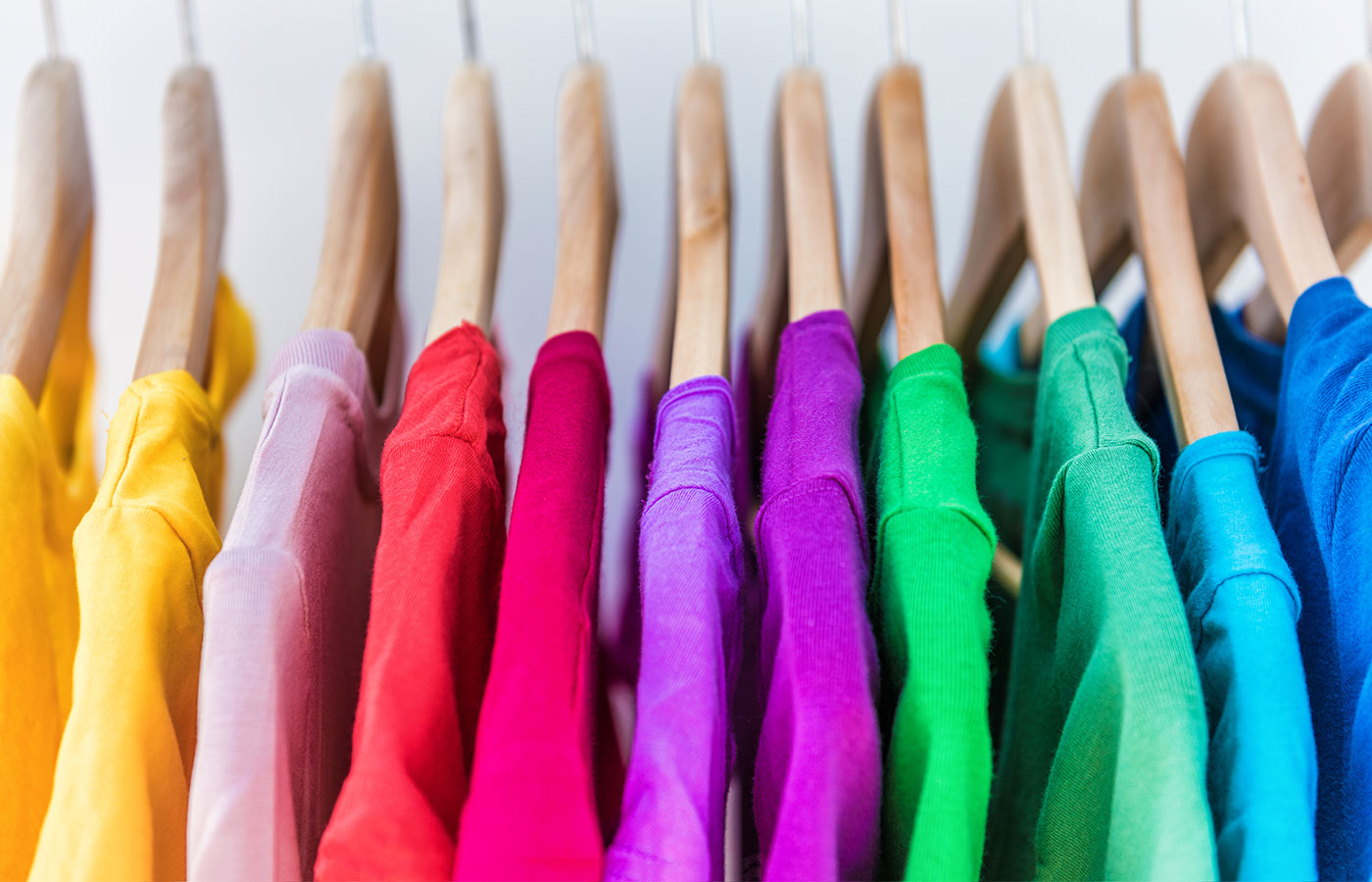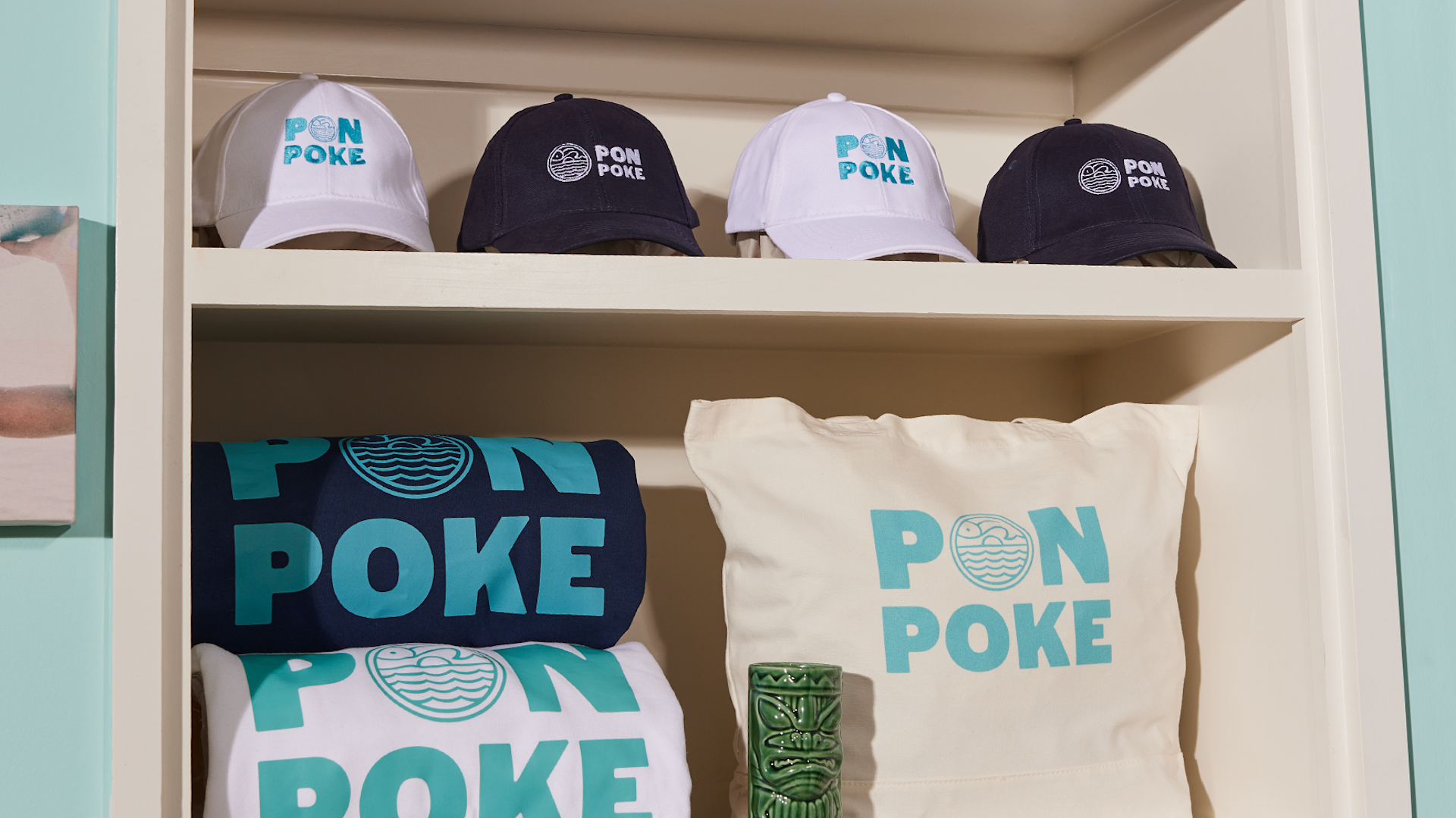The Value of Sustainable Apparel: Exactly How It Impacts the Environment and Your Wardrobe
Lasting garments is increasingly identified for its essential role in reducing the environmental impact of the rapid apparel industry. By concentrating on eco-friendly materials and ethical manufacturing techniques, it attends to pushing environmental worries. This change not only benefits the earth yet additionally influences consumer choices, resulting in an extra thoughtful approach to closet management. Comprehending these dynamics increases necessary questions about fashion's future and individual duty in forming it.
The Ecological Footprint of Quick Fashion

Advantages of Sustainable Products
Lasting materials supply considerable benefits, especially through green fabric choices that reduce environmental injury. These products also show durability and durability, decreasing the need for frequent substitutes. Consequently, they add to an extra lasting garment industry and advertise responsible customer actions.
Eco-Friendly Material Choices
While the apparel industry has long been connected with fast fads and environmental damage, the surge of environmentally friendly fabric options offers a transformative opportunity. Sustainable materials such as organic cotton, hemp, and Tencel have actually gotten appeal as a result of their reduced ecological impact. These fabrics are often generated without dangerous pesticides and require less water, decreasing their carbon footprint - Branded Clothing. Furthermore, numerous environmentally friendly materials are eco-friendly, adding to a circular economic climate by minimizing waste. Selecting sustainable products not only supports eco accountable practices but likewise promotes healthier ecological communities. As customers end up being a lot more aware of their buying power, the need for environmentally friendly materials encourages brands to introduce and adopt more lasting production techniques, inevitably profiting the world and future generations
Resilience and Long Life Benefits
Several customers are progressively acknowledging the longevity and long life advantages of lasting materials in their clothes options. Unlike standard textiles, lasting materials such as natural cotton, hemp, and recycled polyester are engineered to endure wear and tear, causing garments that last much longer. This minimized frequency of replacement not just saves consumers money gradually however likewise diminishes waste generated by rapid fashion. Additionally, sustainable garments usually employs environmentally friendly production approaches that boost material stamina, adding to a reduction in the general carbon footprint. By investing in sturdy clothing, customers can cultivate an extra lasting closet while enjoying premium items that preserve their aesthetic and capability with time. Consequently, durability and long life stand as key benefits of selecting lasting products.
Decreasing Waste Through Lasting Practices
Reducing waste in the garment industry can be attained through ingenious practices such as upcycling and repurposing materials. In addition, adopting minimal closet techniques motivates consumers to prioritize quality over quantity, eventually lowering clothes consumption. Together, these methods add significantly to a more lasting apparel version.
Upcycling and Repurposing Materials
Upcycling and repurposing materials have actually emerged as ingenious methods in the garment industry, changing discarded textiles right into important brand-new items. This strategy not only decreases waste but likewise motivates creative thinking and individuality in clothes layout. By taking old garments and products, developers can produce one-of-a-kind items that mirror individual style while minimizing the need for brand-new sources. Additionally, upcycling frequently requires much less power and water compared to standard production processes, greatly decreasing the ecological impact of fashion. As consumers end up being a lot more knowledgeable about sustainability, the appeal of upcycled clothing remains to increase, advertising a round economic situation. Inevitably, these practices add to a much more lasting future, where fashion focuses on environmental health and wellness over quick production and intake.

Minimalist Closet Strategies
As people significantly seek to reduce their environmental effect, taking on minimal closet techniques has actually acquired grip as a reliable technique to lasting style. These techniques stress top quality over quantity, motivating customers to curate a smaller sized collection of functional, resilient clothes. By focusing on ageless items that can be blended and matched, people can reduce the regularity of purchases and inevitably decrease waste.Additionally, minimalism promotes conscious consumption, urging consumers to mirror on the environmental and moral ramifications of their choices. This approach not only promotes a more lasting way of life however likewise streamlines day-to-day decision-making concerning attire. As individuals accept minimal concepts, they contribute to a fashion society that values sustainability and liable consumerism, ultimately bring about an extra eco-conscious society.
The Function of Honest Labor in Sustainable Style
While lots of customers are increasingly knowledgeable about the ecological effects of their garments choices, the value of ethical labor practices in lasting fashion can not be ignored. Honest labor includes fair salaries, secure working conditions, and regard for workers' civil liberties, forming the backbone of liable fashion manufacturing. Brand names that prioritize honest labor not just boost areas however likewise established a criterion for liability in the industry.Moreover, the assimilation of moral methods promotes transparency, making it possible for consumers to make educated selections concerning their purchases. This practice contrasts dramatically with rapid style's unscrupulous labor models, which often focus on earnings over people. By sustaining business committed to honest labor, consumers add to a system that values human dignity along with ecological sustainability. Consequently, moral labor is not merely an add-on; it is essential to the broader objective of lasting style, ensuring that the quest for eco-friendliness does not come at the expenditure of human civil liberties.
The Effect of Sustainable Clothes on Carbon Emissions
Sustainable clothing has the prospective to greatly reduce carbon exhausts linked with the apparel industry. Conventional garment production adds significantly to greenhouse gas exhausts, mostly because of energy-intensive manufacturing procedures and making use of non-renewable resources. In contrast, sustainable fashion concentrates on eco-friendly materials, additional hints such as natural cotton or recycled fibers, which often call for less energy to produce.Moreover, lasting brand names have a tendency to embrace extra reliable manufacturing practices, lessening waste and lowering general exhausts. By prioritizing durability and timeless layout, sustainable clothing urges customers to buy much less regularly, additional lowering the carbon impact related to overconsumption.Additionally, many sustainable brand names are committed to openness in their supply chains, making it possible for consumers to make informed choices that straighten with their worths. Ultimately, moving towards sustainable apparel can bring about a substantial decrease in carbon exhausts, contributing to a much healthier world and a more sustainable future for the fashion business.
Sustaining Regional Economic Climates With Sustainable Selections
The change towards sustainable garments not just addresses ecological problems but i loved this also substantially benefits local economies. By choosing lasting fashion, consumers usually support little services and regional craftsmens, boosting neighborhood strength. These enterprises typically run on a smaller sized range, prioritizing workmanship and ethical techniques over mass production.Investing in locally made sustainable clothing fosters work production and boosts financial development within areas. As customers end up being extra familiar with the environmental effect of their purchases, they increasingly look for products that reflect their values. This demand encourages neighborhood manufacturers to embrace lasting practices, adding to a circular economy.Moreover, supporting regional organizations reduces transportation emissions, lining up with eco-conscious consumer habits. The interconnectedness of lasting apparel and local economies underscores the important function that individual options play in advertising both ecological and economic health. By cultivating these regional links, communities can flourish while also working in the direction of an extra lasting future.
Changing Your Wardrobe: Tips for a Sustainable Wardrobe
As individuals seek to minimize their environmental influence, changing a wardrobe right into a lasting wardrobe becomes a vital action. One efficient technique is to review existing clothing, maintaining only products that are put on frequently and that align with sustainability goals. Prioritizing quality over amount is vital; purchasing durable items from green brand names can greatly lower waste.Additionally, integrating second-hand items can rejuvenate a wardrobe while lessening environmental damages. Organizing garments swaps with friends or contributing unused items can even more promote sustainability.When purchasing, individuals must seek materials that are organic, recycled, or naturally degradable, and stay clear of quick fashion sellers - Branded Clothing. Finally, practicing mindful usage by attentively considering each purchase can contribute to a much more sustainable lifestyle. By executing these suggestions, one can produce a wardrobe that mirrors individual design while sustaining environmental stewardship
Regularly Asked Inquiries
How Can I Identify Lasting Garments Brands?
To recognize lasting clothing brands, one ought to investigate products made use of, look for certifications like Fair Trade, and take a look at the brand's transparency about their manufacturing procedures, labor methods, and environmental impact, making sure green and moral techniques are focused on.
What Are the Prices Associated With Lasting Style?
The expenses connected with sustainable style can differ considerably. Greater manufacturing costs, moral sourcing, and eco-friendly materials often cause boosted market prices, which might hinder some consumers while appealing to eco mindful consumers.
Can Sustainable Clothing Be Trendy and elegant?
Lasting clothing can certainly be fashionable and stylish. Designers progressively focus on innovative products and ethical production approaches, showing that fashion and sustainability can exist together. Consumers now have diverse choices that mix appearances with environmental consciousness.
How Does Washing Clothes Affect Their Sustainability?
Washing clothing significantly influences sustainability by consuming water and power, adding to contamination, and triggering microplastic release. Regular cleaning can break down materials, shortening their lifespan and boosting the need for replacements, eventually exacerbating ecological problems.
What Is the Lifespan of Sustainable Clothing Contrasted to Rapid Fashion?
The life-span of sustainable garments commonly goes beyond that of rapid fashion items, usually enduring numerous years because of quality materials and workmanship. On the other hand, quick fashion garments might degrade promptly, requiring more regular substitutes. Lasting apparel is progressively acknowledged for its vital function in minimizing the environmental effect of the quick style industry. While numerous customers are progressively mindful her response of the ecological repercussions of their clothes choices, the value of ethical labor practices in lasting fashion can not be forgotten. Branded Clothing. Sustainable clothing has the prospective to substantially lower carbon exhausts connected with the style market. In comparison, sustainable style concentrates on green materials, such as natural cotton or recycled fibers, which usually require much less energy to produce.Moreover, lasting brands have a tendency to take on more reliable production techniques, decreasing waste and lowering overall emissions. By focusing on toughness and classic style, sustainable apparel urges consumers to buy much less frequently, further reducing the carbon impact associated with overconsumption.Additionally, several sustainable brand names are committed to openness in their supply chains, enabling consumers to make informed options that straighten with their values